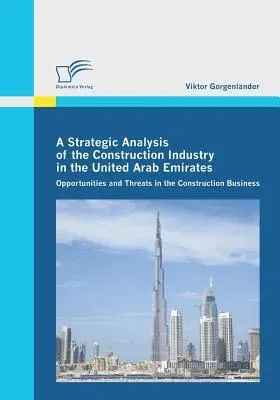The construction industry is one of the most booming industries in the
world. In particular, in the United Arab Emirates this industry has
experienced a constant growth over the course of the last few years.
Driven by the UAE's oil wealth, the country has witnessed an unmatched
development and transformation. Oil revenues have lead to a driving
construction boom and completely change the face of the state. The
construction industry is still one of the engines of economic growth in
the UAE. One of the highest concentrations of cranes in the world speaks
volumes about the incredible pace of construction taking place,
particularly in Dubai and Abu Dhabi, but also in the other emirates. The
fact that about 30,000, or 24 percent of the world's 125,000
construction cranes are currently operating in the region speaks for
itself. The UAE's construction projects stands out clearly from building
projects in other parts of the world, due to the fact that there is no
constraint on constructional imagination and there is no place in the
world where construction moves as fast as in the UAE. With some of the
most innovative mega projects such as "Burj Khalifa" (the tallest
building in the world), or "The Palm Jumeirah", "The Palm Jebel Ali" and
"The Palm Deira" (the world's largest man-made islands) with epithets of
world's biggest, best, and tallest the UAE construction industry remains
unbeaten. The construction industry is a complex environment in which
each organization is faced with numerous opportunities and threats. This
book provides an in-depth analysis of the fast growing construction
industry in the UAE, while scanning the construction business for
opportunities and threats. This book implements the PESTEL analysis that
will be used to analyze the UAE's construction industry. The main
objective of the research reported in this book is to identify the
factors in the macro-environment that might affect an organization.
Having the PESTEL context, this output is used to e


